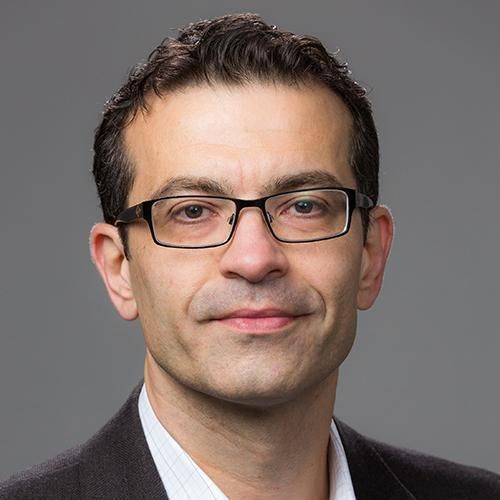Local tissue geometry determines contractile force generation of engineered muscle networks.
The field of skeletal muscle tissue engineering is currently hampered by the lack of methods to form large muscle constructs composed of dense, aligned, and mature myofibers and limited understanding of structure-function relationships in developing muscle tissues. In our previous studies, engineered muscle sheets with elliptical pores ("muscle networks") were fabricated by casting cells and fibrin gel inside elastomeric tissue molds with staggered hexagonal posts. In these networks, alignment of cells around the elliptical pores followed the local distribution of tissue strains that were generated by cell-mediated compaction of fibrin gel against the hexagonal posts. The goal of this study was to assess how systematic variations in pore elongation affect the morphology and contractile function of muscle networks. We found that in muscle networks with more elongated pores the force production of individual myofibers was not altered, but the myofiber alignment and efficiency of myofiber formation were significantly increased yielding an increase in the total contractile force despite a decrease in the total tissue volume. Beyond a certain pore length, increase in generated contractile force was mainly contributed by more efficient myofiber formation rather than enhanced myofiber alignment. Collectively, these studies show that changes in local tissue geometry can exert both direct structural and indirect myogenic effects on the functional output of engineered muscle. Different hydrogel formulations and pore geometries will be explored in the future to further augment contractile function of engineered muscle networks and promote their use for basic structure-function studies in vitro and, eventually, for efficient muscle repair in vivo.
Duke Scholars
Altmetric Attention Stats
Dimensions Citation Stats
Published In
DOI
EISSN
ISSN
Publication Date
Volume
Issue
Start / End Page
Related Subject Headings
- Tissue Engineering
- Rats, Sprague-Dawley
- Rats
- Myoblasts
- Dimethylpolysiloxanes
- Cells, Cultured
- Biomedical Engineering
- Animals
- 4003 Biomedical engineering
- 0912 Materials Engineering
Citation
Published In
DOI
EISSN
ISSN
Publication Date
Volume
Issue
Start / End Page
Related Subject Headings
- Tissue Engineering
- Rats, Sprague-Dawley
- Rats
- Myoblasts
- Dimethylpolysiloxanes
- Cells, Cultured
- Biomedical Engineering
- Animals
- 4003 Biomedical engineering
- 0912 Materials Engineering

